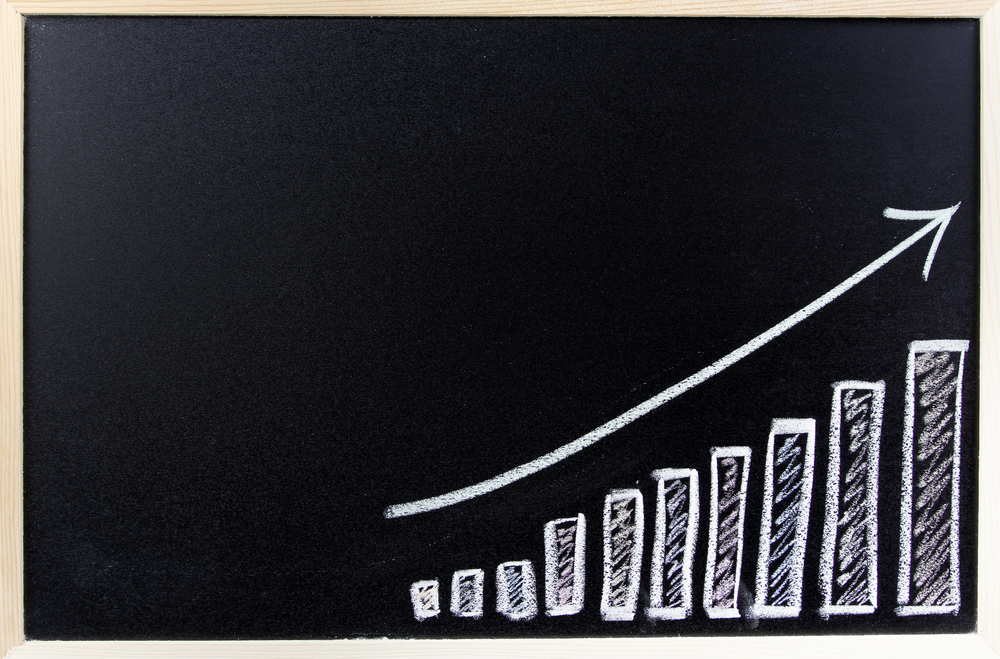
Nick Rowe has a post discussing the implications of price flexibility in a New Keynesian model:
When the negative shock hits, and the economy goes into a recession, actual inflation falls, and so expected inflation will presumably fall too, so the real interest rate will rise. And that rise in the real interest rate is the exact opposite of what the doctor ordered. And the more inflation falls, and the more expected inflation falls, the more the real interest rate rises, and the bigger the recession will be, and the more inflation falls. There’s a nasty positive feedback loop at work.
This is the implication of New Keynesian models, but I don’t believe these models accurately describe the economy. Consider the following thought experiment. The oil industry is hit by a shock that causes the equilibrium price of gasoline to fall by 20%. Now consider two cases, flexible prices and sticky prices. In the flexible price case, the price of gasoline immediately falls by 20% and then levels off. In the sticky price case, assume that the price of gasoline declines by 1%/month, for 20 months. Obviously in the flexible price case, the expected rate of inflation is higher (at zero) than in the sticky price case (when it is negative), after the oil market is hit by a deflationary shock.
Here’s another example. Suppose NGDP falls by 20%. If prices also decline by 20%, then real output doesn’t change. If prices decline gradually in response to a fall in NGDP, then real output also declines.
One can construct scenarios where price flexibility is stabilizing, and scenarios where it is destabilizing. Nick Rowe has a counterfactual with a price level targeting central bank, and shows that the New Keynesian results no longer hold up. In other words, the effect of increased price flexibility is an empirical question, not something that can be discovered by playing with models.
In mid-1933, President Roosevelt believed that price flexibility was destabilizing, and adopted a policy of trying to artificially prop up the price level. The National Industrial Recovery Act was a failure, as there was no increase in industrial production between July 1933 (when wages were artificially raised) and May 1935 (when the NIRA was declared unconstitutional), despite a big increase in aggregate demand. This is powerful evidence against the view that price flexibility is destabilizing.
Price flexibility is almost certainly stabilizing in a regime of NGDP level targeting. One reason I favor NGDP targeting is that it makes the world “classical”, i.e., a place where all the normal rules of economics hold true. (There is an opportunity cost for additional government spending, saving is a virtue, etc.) Economic policies are likely to be more sensible in a world where the standard laws of economics are obviously true. I’d like to see a monetary policy regime that makes price flexibility stabilizing.

READER COMMENTS
Michael Sandifer
Jan 1 2020 at 1:44pm
Empirically, it seems to me that an increase in real rates following a negative nominal shock is very temporary. Markets decide how permanent the tightening of money will be. If thought relatively permanent, real interest rates begin to fall with real long-term growth expectations. If the nominal shock is thought to be temporary, Inflation expectations will begin to rise.
Mark Z
Jan 2 2020 at 4:28pm
Do you have Krugman and Eggertsson’s concept of a ‘paradox of flexibility’ in mind here? Under what conditions do you think said ‘paradox’ actually holds? I’ve never really understood how one could both believe that downwardly sticky prices exacerbate falling demand with a ‘paradox of flexibility.’ It doesn’t seem like they can both be true at the same time.
Thaomas
Jan 6 2020 at 10:53am
This seems to be a good example of why a central bank should have a dual mandate. A supply shock that reduced the price of oil would not have any effect on the price level if the Central bank was know to have a price level trend policy and a real income maximizing target; it would need to increase monetary stimulus marginally to allow for the higher output at the unchanged price level.
Comments are closed.